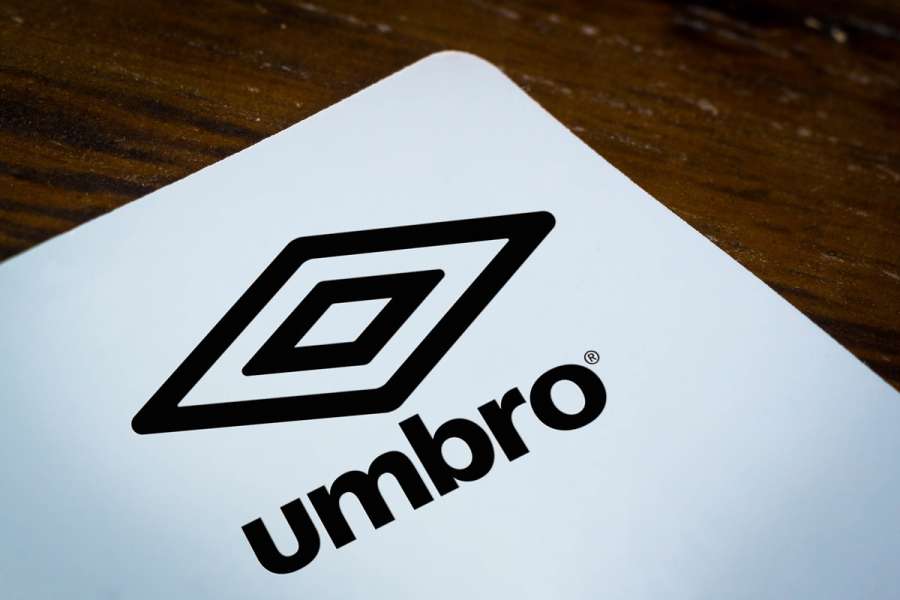Iconix appealed the decision, and the Court of Appeal reached a contrasting conclusion.
Lord Justice Arnold, delivering the leading judgment, disagreed with High Court's approach.
Firstly, the focus on isolated, static images wasn't reflective of real-world situations.
Consumers encounter logos on footwear from various angles, not just perfectly head-on, as presented in online listings.
When viewed from different perspectives, the Court found a clear visual similarity between the two logos, with Dream Pairs' design potentially appearing as a distorted version of Umbro's double diamond.

Secondly, the Court emphasised the importance of considering the relevant public, the average consumer in this case.
While online listings might offer clear views of logos, consumers are more likely to see them on footwear in motion, on store shelves, or even on another person's feet.
The Court highlighted that a quick glance at footwear from various angles could lead to confusion, especially considering Umbro's established brand dominance.
The Court of Appeal's decision hinged on the concept of "post-sale confusion."
This refers to the possibility of consumers being misled after purchasing Dream Pairs' footwear.
Imagine a customer buying Dream Pairs shoes, mistaking them for a budget version of Umbro's brand due to the logo's similarity.
This potential for confusion after the sale tipped the scales in Iconix's favour.








